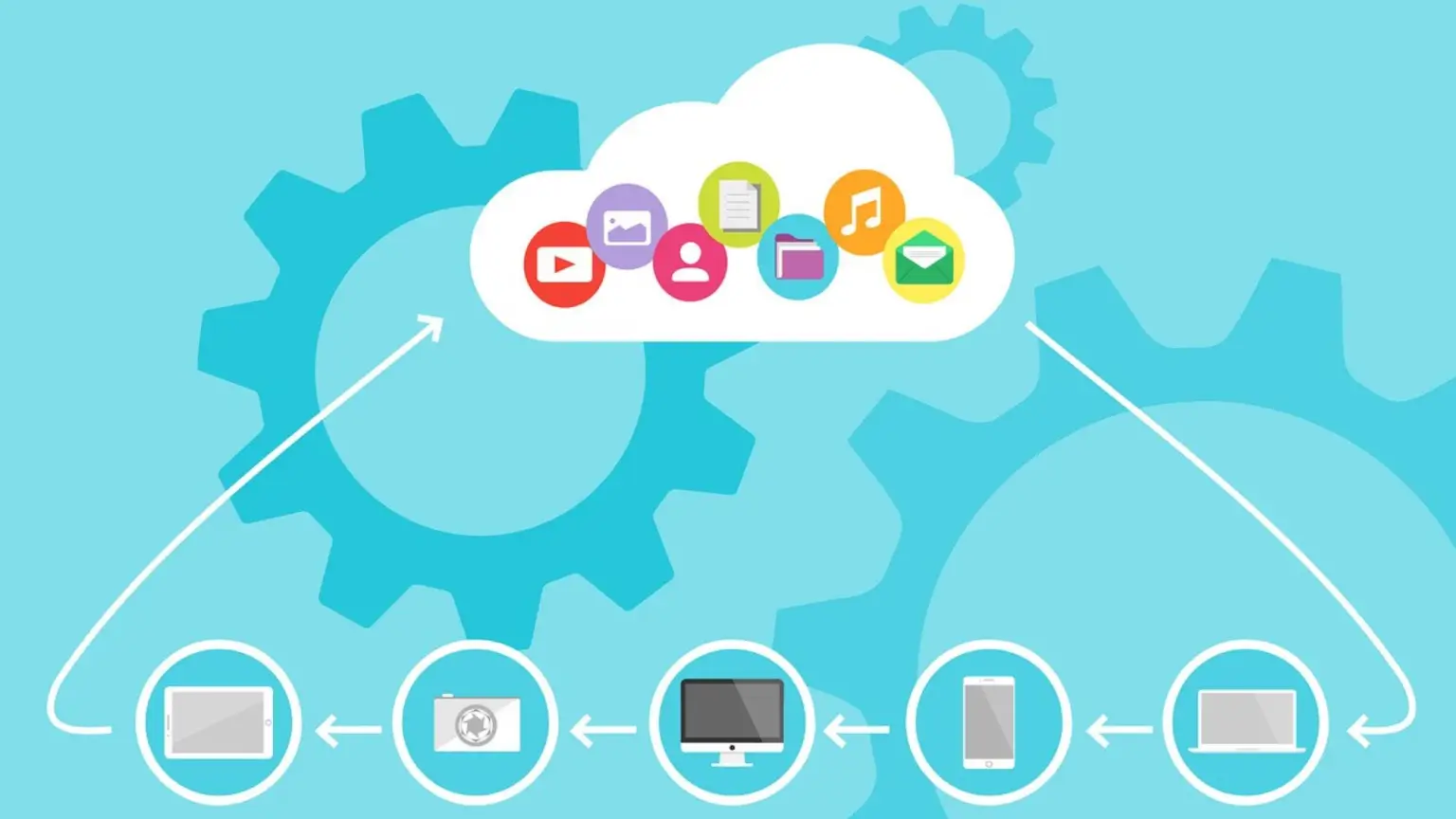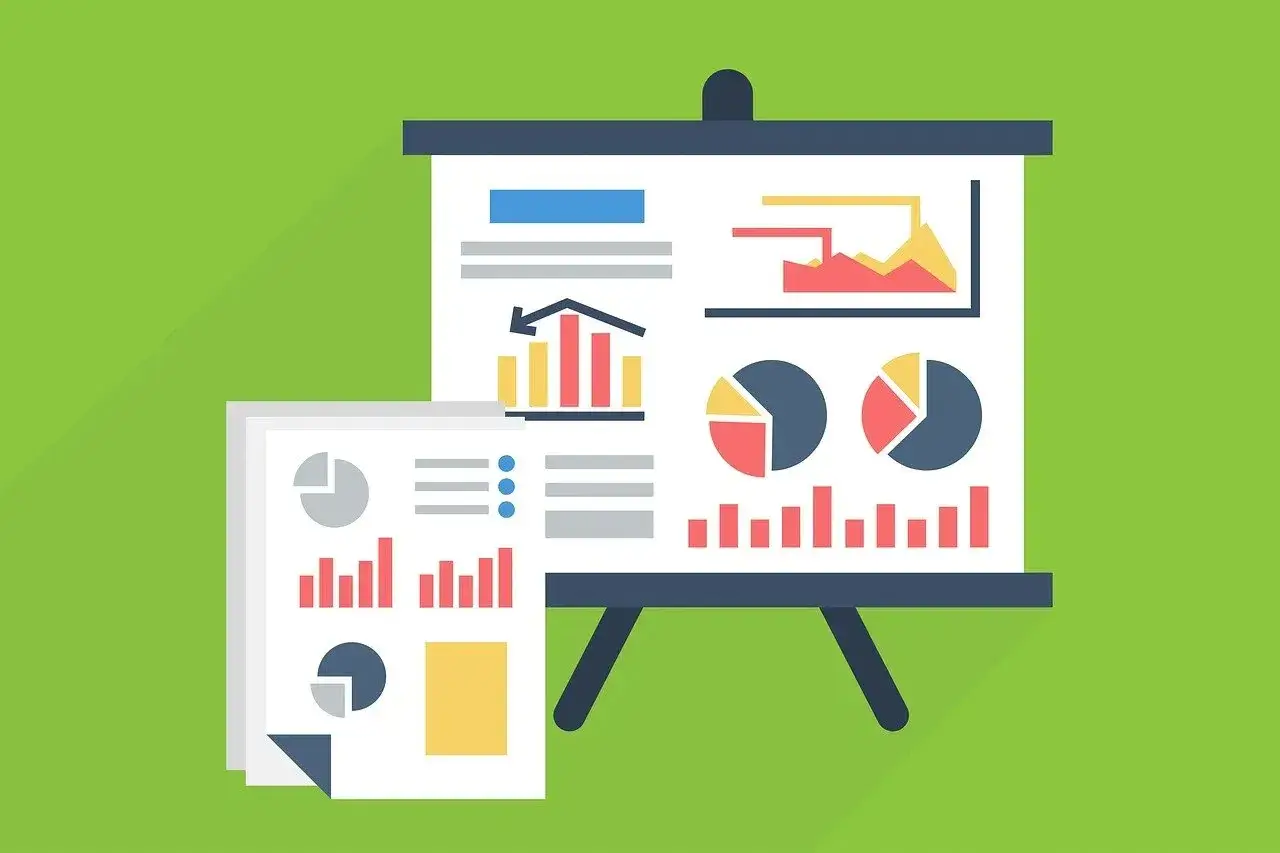
As the world progresses into a digital-friendly environment, businesses, too, must evolve.
The past couple of years has seen drastic transformations in business execution and operations, creating complex relationships between data, processes, and results. Access to Big Data and the power of intelligence have given businesses invaluable insight into informed decision-making.
However, it has also increased the volatility and variables in business dynamics, leading to increased risks – typically more of those associated with compliances.
Of late, business professionals have been exploring new avenues of incorporating risk management into the core processes of their business. A new concept of risk-enabled performance management has come into being – a practice that changes a business’s outlook toward risk.
Fact: A PwC survey highlights that 35% of risk executives believe that regulatory and compliance are some of the major risk factors for any organization.
Technological advancement has enabled deep insights and foresight into Big Data through intelligent analytics and reporting. Risk is now viewed as an opportunity enabler, a driver of better performance and process efficiencies, rather than a fear factor worthy of avoidance and last-minute skirmishes.
Let’s understand how augmented business intelligence and real-time data analytics are turning risk management into an avenue for creating new opportunities.
Technology is beginning to bridge the gap between opportunities and risks. In fact, 72% of risk executives believe that leveraging digital transformation initiatives is pivotal for the growth of all businesses.
ERP-based analytics bring hidden insights to the surface, enabling businesses to make risk-informed decisions and keep wiggle room in their strategies should a risk be realized.
Executives in the C-suite have now begun to incorporate risk management at the core of enterprise-wide processes, birthing a risk-enabled performance-enhancing method of business operation. Not surprisingly, real-time data analytics are at the center of it all.
There are four spheres across which data analytics can help assess risks and identify opportunities. Let’s explore each one in a little more detail.
For every business, there can potentially be two kinds of risks: internal and external.
Internal risks arise from problematic processes and operations, such as inadequacies in processes, faulty/exposed workflows, funding problems, risky business portfolios, etc.
External risks are more dynamic and not entirely under a business’s control, like political disruptions, economic or climatic changes, etc.
With the increasing complexities that unstructured data brings, businesses are exposed to greater risks that may arise due to the sheer volume of Big Data validation and the pace at which it is created and collected.
In this situation, analytical tools can help identify potential points in internal and external data that could become a risk for the business later on. Businesses can utilize web scrappers, analytical tools, data visualization platforms, and similar software to identify the risks in everyday data.
Risk management involves profiling and categorizing various risks that a business may face, like financial, investment, strategy, and product risks.
The beauty of analytics brings in the possibility of collating these risk profiles with analyzed, insightful, action-ready data that can help create a bigger picture of the interplay between risks and business decisions. It is a great way to assess risk impact and the likelihood of risk realization.
Real-time data analytics allow businesses to model risk analytics and generate a forecast that displays how multiple risk scenarios play out with current operations and strategies.
The opportunity: Risk analysis tools that empower businesses with intelligent foresight and visualized risk profiles are pivotal for business leaders to make risk-informed decisions. These tools are the embodiment of “taking calculated risks in business” – a decision where there is full visibility of the scope of the risk and the availability of resources, plans, strategies, and expertise to absolve it.
Risk response makes sense only if it is mobilized in time and if it doesn’t generate risks of its own. The best way to approach risk mitigation is to work with data-fed risk management models based on intelligent algorithms (artificial intelligence and machine learning).
By way of studying multiple risk scenarios through What-If models supported by real-time data, decision-makers can select a mitigation plan that causes the least damage and consumes the least resources.
Additionally, data analytics can further extrapolate the selected mitigation model to assess potential downstream risks and mitigation methods beforehand. It helps measure the effectiveness of the mitigation measures.
Such transparency in risk mitigation methods is only possible through in-depth data analytics of the real data that an organization owns.
The opportunity: Knowing the repercussions of adopting mitigation measures and the ensuing risks helps create a risk-intelligent organization, empowering employees to adopt a culture of risk awareness.
The greatest benefit of technology is its promptness and accuracy. Embedding an intelligent risk management system into an organization’s ERP can help achieve constant, consistent, and always-on risk analytics based on real-time data.
Risk management software can be set up to send reminders, notifications, reports, insights, historical trends, and future predictions/forecasts based on the data the organizational data the software ingests.
Along with all the insights and reports that end up on the decision-makers’ screens, a layer of risk-associated data can be added on top, which can be seen with every new action initiated on the report.
The opportunity: Timely recognition of risks while looking at strategy-oriented data can help a business prevent hassles and save resources down the line when the strategies are implemented. This sets the stage for a better growth trajectory, stable books, and high returns.
Augmented business intelligence platforms that include the element of risk management are an excellent asset for every business to have in the long term.
Not only do these platforms leverage real data to generate results, but they also produce accurate and actionable insights that go far beyond granular goals.
It is thus possible for businesses to create highly visible strategies that don’t just focus on growth but on potential pitfalls and solutions as well.

Introduction “Big Data” isn’t just a buzzword anymore. The past...

In the digital age, data has become the lifeblood of...

Data modernization and cloud migration are two trends that are...

With data being present everywhere, it would be safe to...

Financial auditing is essential for businesses to assess the accuracy...

In a world of evergrowing marketing and businesses swinging up...

Data breach incidences are commonplace in today’s business landscape, with...

In today's fast-paced business landscape, companies are inundated with an...
